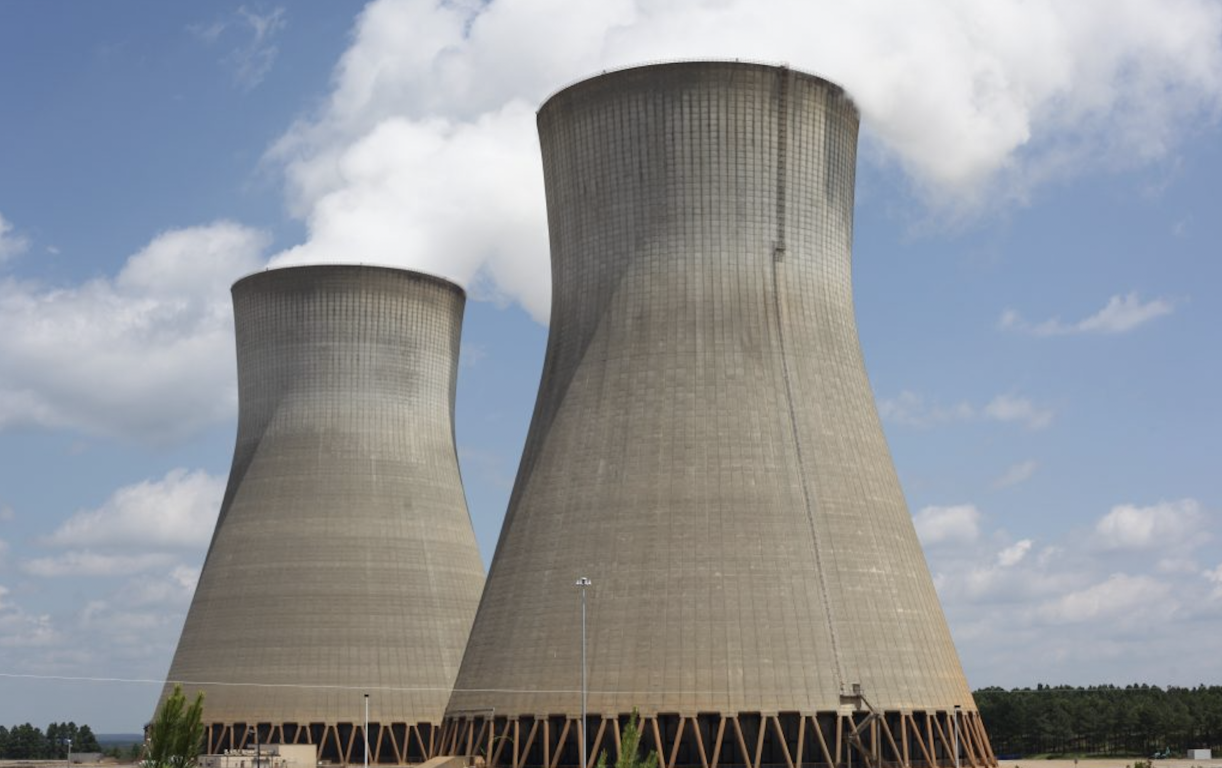
As we charge toward an electrified future, investors and world governments are beginning to turn their attention back to uranium. Since the disaster at the Fukushima nuclear plant in Japan 12 years ago, sentiment toward uranium has almost completely turned back around. Many bulls are saying that the uranium market is gathering momentum and heading toward a potential supply shortfall.
But all this buzz begs the question, one we've been asked at PrivatePlacements.com: If it's going so well for uranium, why are prices for the metal stalling out?
Well, the first short answer to this is that uranium tends to move cyclically and slowly. These shifts don't happen overnight, despite the macro-level economics. The other answer may be that uranium isn't stalling—not really.
Let's back up a bit. Prior to the Fukushima disaster, uranium was going strong. Just before the earthquake hit and caused the biggest nuclear catastrophe since Chornobyl, uranium was priced at $66.50 per pound.[1] The demand seemed to be outpacing supply, with the potential to drive prices further.
But the crisis sparked a significant decline in the uranium industry. Following Fukushima, panic selling dropped the price of uranium to just $50 per pound within weeks.[1] Japan, Switzerland, and Germany planned to suspend or phase out their nuclear programs. Negative sentiment and the accompanying selloff continued for the next half-decade, propelled further by the rise of alternative energy sources and oversupply concerns, and by Oct. 2016, the metal had fallen to under US$20 per pound.[2] These lowered prices forced many uranium mining companies to suspend or reduce their operations.
Sponsored by: The Sprott RED LP
But since then, sentiment has (largely) reversed, and supply-demand economics have dovetailed with geopolitical concerns to drive the price of uranium back up. To an extent, at least—at the time of writing, the spot price of uranium sits at US$50.93 per pound.3
The situation is a far cry from the fallout days of Fukushima. As of May 2022, there were 53 nuclear reactors under construction worldwide and 442 in operational status.[1] Germany, a stalwart proponent of phasing out nuclear energy, elected to maintain two of their plants into 2023 despite previous promises to wind down.[2] Last year, U.S. President Joe Biden's
administration initiated a $6 billion initiative to rescue nuclear power plants at risk of closing, citing nuclear energy as an essential source of baseload, carbon-free power.[1]
This brings us to the bigger story: much of the world purports to seek a green energy future, but absent much heavier investment in nuclear energy, such a future seems impossible.[2]
All this is happening today amid a backdrop of geopolitical energy instability. The fact is that the majority of uranium the world uses in its reactors comes from sources the U.S. is rightly leery to depend upon. A full 45 percent of the world's uranium supply comes from Kazakhstan alone, while around seven percent comes from China and Russia.[3],[4] China, the former Soviet Union, Iran, and Pakistan together accounted for 62 percent of mined production in 2021.[5]
Following Russia's invasion of Ukraine, after which we saw a European gas crisis and a world cobalt squeeze, this dependence on geopolitical opponents for uranium has become an even more uncomfortable position for the U.S. This is likely why uranium jumped over 19 percent between Feb. and March 2022, following the beginning of the Russia-Ukraine war.
In response, some politicians say they're trying to engineer a path toward uranium security. In mid-March, Republican U.S. Senators Joe Manchin, the chairman of the Senate Energy and Natural Resources Committee, and Jim Risch, a member of the Senate Foreign Relations Committee, reintroduced the International Nuclear Energy Act of 2023, an act that aims to improve the situation.[6] Time will tell if it makes an impact, but the message is clear: These are issues that are firmly in the mind of politicians.
This is all just to say that uranium is getting more attention today than it has been in years. And yet, the metal has only risen 6.67 percent since May 2022. The metal hasn't cracked $60 per pound—a mark widely considered to be critical for restarting uranium infrastructure and incentivizing new development—since 2011.3
So what will it take for the kind of turnaround everyone can get excited about? Well, it'll take time, say some experts. The uranium market is notoriously slow: driven by geopolitical motion and government planning, without the ability for investors to buy it on the spot market, uranium is considered a cyclical commodity.
But make no mistake: right now, it's looking like uranium is heading for a supply shortfall. Uranium production is slated to rise by 8 percent in 2023 to 143 million pounds, up from 132.5
million pounds, including the restart of a few large, key projects.12 But demand is expected to reach 181 million pounds. You do the math.
Of course, nobody can say for certain what will happen with uranium, but we remain bullish on the metal. The macro story remains strong, and the basic economics only strengthen year over year. For now, we'll be watching and waiting, biding our time for what we believe will be a huge, game-changing correction.
Important Disclosure
Past performance is no guarantee of future results. Investments, commentary, and statements are that of the author. They may not be reflective of investments and commentary in other strategies managed by Sprott Asset Management USA, Inc., Sprott Asset Management LP, Sprott Inc., or any other Sprott entity or affiliate. Opinions expressed in this commentary are those of the author and may vary widely from the opinions of other Sprott affiliated Portfolio Managers or investment professionals.
The information provided is general in nature and is provided with the understanding that it may not be relied upon as, nor considered to be, the rendering of tax, legal, accounting, or professional advice. Readers should consult their own accountants and/or lawyers for advice on their specific circumstances before taking any action.
Views expressed regarding a particular company, security, industry, or market sector should not be considered an indication of the trading intent of any investment funds managed by Sprott Asset Management LP. These views are not to be considered investment advice, nor should they be considered a recommendation to buy or sell.
Inflation could continue above the U.S.'s two-percent target for a long time, making holding real assets like gold and silver ever more attractive as a hedge against lower purchasing power.







